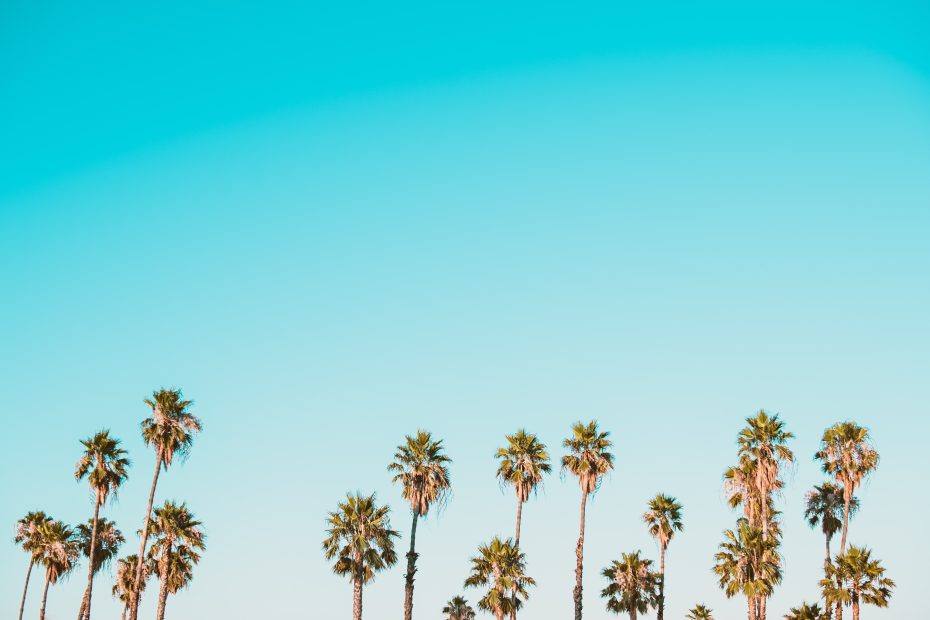Table of Contents
Introduction
Malaysia is a tropical paradise located in Southeast Asia, blessed with stunning beaches, enchanting islands, ancient rainforests, and vibrant multicultural cities. From trekking through lush jungles to lazing on idyllic islands, Malaysia offers diverse adventures and wonders waiting to be discovered. This article explores the top attractions and experiences for an unforgettable tropical vacation in Malaysia.
Beaches
Malaysia boasts some of the world’s most beautiful beaches, with pearly white sand lapped by emerald waters.
Perhentian Islands
Located off the northeast coast, the Perhentian Islands are renowned for their palm-fringed beaches and excellent snorkeling and diving. Long Beach on Perhentian Besar is a must-visit.
Tioman Island
Featured in the movie South Pacific, Tioman offers a less developed island escape with picturesque beaches like Juara Beach.
Redang Island
Redang is all about serene beaches, like the stretch along Teluk Kalong Kecil, with crystal clear waters.
Islands
In addition to beach destinations, Malaysia’s islands provide rich heritage and culture.
Langkawi
Langkawi is an archipelago of 99 islands in the Andaman Sea, with jungle-clad hills, cable cars, waterfalls, and duty-free shopping.
Penang
Penang is known for its street art, hawker food, and historic colonial architecture in Georgetown, its capital.
Pangkor
Pangkor Island’s attractions include the Dutch Fort, Fu Lin Kong temple, and the restaurants and resorts at Teluk Nipah.
National Parks
Malaysia safeguards precious biodiversity in its national parks.
Taman Negara
Taman Negara is Malaysia’s oldest and largest national park, home to rare wildlife like elephants and tigers.
Kinabalu Park
A UNESCO World Heritage Site, Kinabalu Park is home to Mount Kinabalu, the highest peak in Malaysia.
Tunku Abdul Rahman Park
This park comprises five islands off Kota Kinabalu with jungles, waterfalls, and coral reefs for snorkeling.
Cities
Malaysia boasts vibrant, multicultural cities with a fusion of Malay, Chinese, Indian, and colonial influences.
Kuala Lumpur
Malaysia’s capital blends modern skyscrapers, colonial buildings, parks, markets, and mouthwatering food. Visit the Petronas Twin Towers, Batu Caves, and Merdeka Square.
Melaka
A UNESCO World Heritage Site famed for Peranakan culture and a rich trading history reflected in sites like Jonker Street and Christ Church.
Georgetown
Georgetown is Penang’s lively capital, with street art, shophouses converted into boutique hotels, and hawker stalls serving up local dishes.
Food
Malaysian cuisine reflects the ethnic diversity of its people. Savor these iconic dishes.
Nasi lemak
A national dish comprising coconut rice served with sambal, fried anchovies, cucumber, and boiled egg.
Laksa
Noodles in a spicy coconut broth with chicken, prawns, tofu puffs, fish cakes, and laksa leaf.
Satay
Skewers of grilled meats like chicken and beef served with a spicy peanut sauce for dipping.
Culture
Malaysia boasts a rich cultural tapestry woven from indigenous, Malay, Chinese, Indian, and colonial influences.
Multiculturalism
Many festivals are celebrated including Hari Raya Aidilfitri, Chinese New Year, Deepavali, and Christmas.
Traditional architecture
Intricately carved mosques, Chinese clanhouses, Indian temples, and colonial buildings.
Festivals and events
Colorful celebrations include the Rainforest World Music Festival, George Town Festival, and Borneo Jazz Festival.
Adventure
With stunning landscapes, Malaysia is a tropical adventure playground.
Diving and snorkeling
Dive and snorkel at islands like Sipadan and Redang to spot sea turtles, reef sharks, and coral gardens.
Hiking
Trek through the jungle to ascend Mount Kinabalu or explore the mossy forests of Taman Negara.
Caving
Explore magnificent caves like Batu Caves with towering limestone caverns and stalactites.
Accommodation
Choose from luxurious resorts to cultural homestays.
Resorts
World-class resorts dot the islands and beaches, with pampering spas and amenities.
Homestays
Immerse in local culture by staying at community-based homestays.
Camping
Rough it in nature by camping in parks and on islands.
Getting around
Easy to get around with a variety of transport options.
Flying
Fly between major cities and islands with low-cost carriers.
Trains
For budget travel, sleeper trains link coastal cities down the west coast.
Buses
Buses, including double-decker Aeroline express buses, travel between most towns.
Best times to visit
The climate is hot and humid year-round with two monsoons.
Dry season
March to May offers a hot and sunny climate perfect for the islands and beaches.
Monsoon season
November to February sees more rainfall, best for city getaways.
Essential tips
Follow these tips for a smooth Malaysian vacation.
Respect cultural norms
Dress modestly at religious sites and ask before taking photos of people. Remove shoes when entering homes and places of worship.
Use sun protection
Wear sunscreen, a hat, and UV-blocking sunglasses to prevent sunburn.
Drink bottled water
Drink bottled water to avoid stomach upsets from tap water.
Unique souvenirs
Bring home memorable Malaysian mementos.
Batik
Vibrant batik textiles depicting local designs.
Pewter
Handcrafted pewterware from Royal Selangor like platters and teapots.
Traditional masks
Colorful masks reflecting indigenous art and craftsmanship.
Conclusion
From breathtaking islands and beaches to steamy jungles and fascinating cities, Malaysia promises a tropical adventure like no other. Its welcoming culture, mouthwatering cuisine, and range of attractions captivate travelers seeking sun, sea, nature, culture, and thrills. Trek through mossy forests, dive pristine reefs, taste lip-smacking street food, and unwind at a white-sand beach for the ultimate tropical getaway.
FAQs
What is the best way to get around Malaysia?
Malaysia has an excellent transport network. Fly between major cities and take buses or trains along the coast. Taxis, Grab, and trains provide urban transport. Rent a car to explore off the beaten path.
What should I pack for Malaysia?
Bring lightweight, breathable clothing. Have modest attire for religious sites. Pack sun protection like sunscreen, sunglasses, and a hat. Have insect repellent and medication for stomach upsets. Good walking shoes are essential.
What is the weather like?
Malaysia is hot and humid year-round. Temperatures average 30°C. rainfall is higher November-February during the monsoon. March-May is hottest and sunniest.
What vaccinations do I need?
Recommended vaccinations include Hepatitis A and B, Typhoid, and Tetanus. Malaria prevention medication is sometimes advised in jungle areas.
Is the water safe to drink?
It’s best to drink bottled water in Malaysia. Tap water may cause stomach upsets in travelers.
